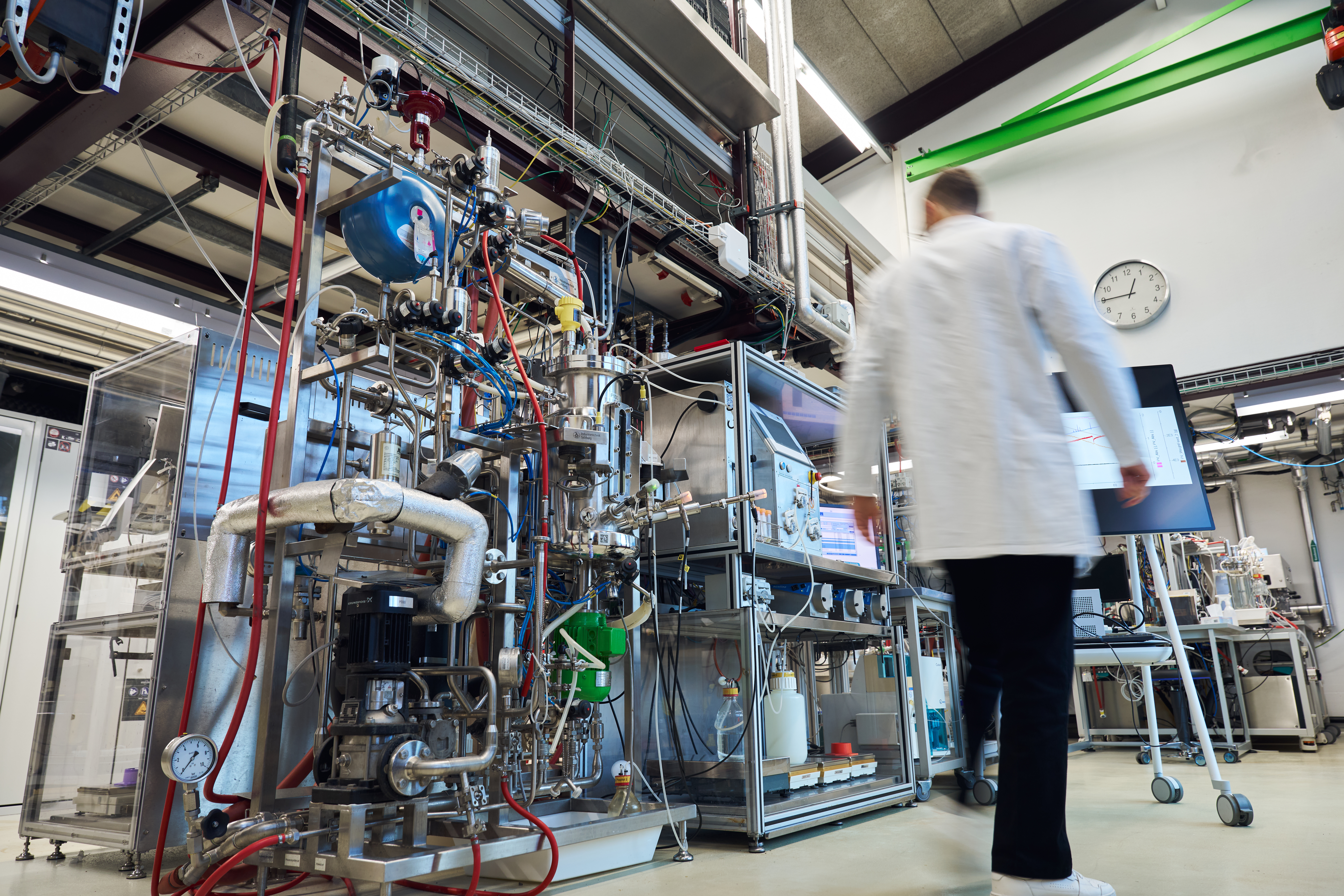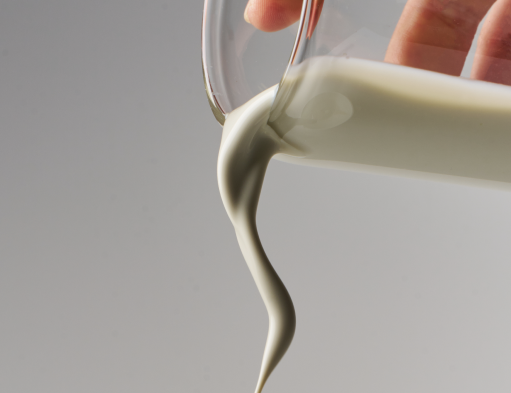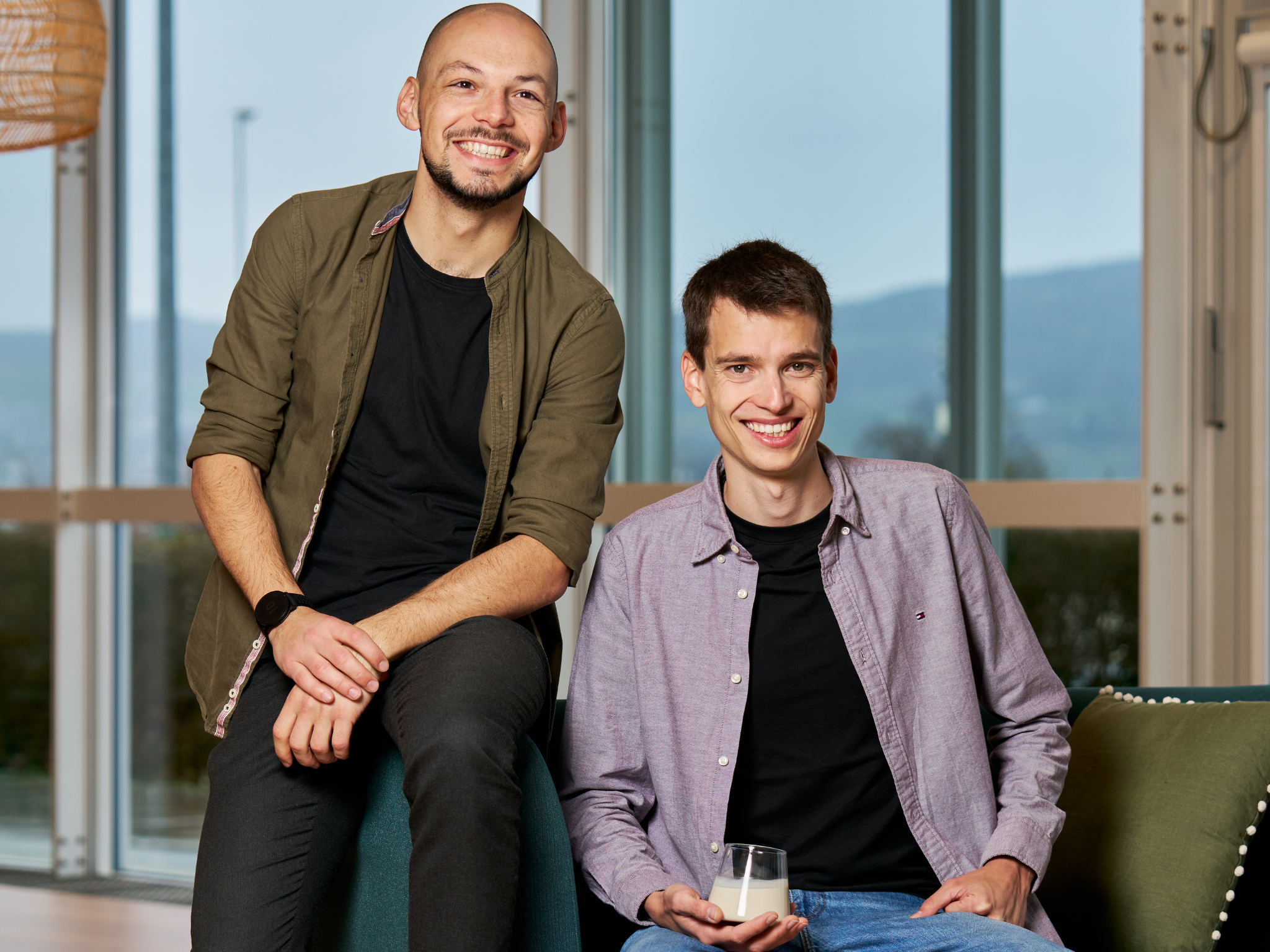This Swiss Startup’s ‘Natural’ Emulsifier Contains Fermented Yeast – And Nothing Else
6 Mins Read
Swiss fermentation firm Cultivated Biosciences has unveiled a new brand identity and its debut product, a yeast-derived ingredient to replace animal-based and industrial emulsifiers.
Zurich-based Cultivated Biosciences has rebranded to Cosaic and introduced a yeast-based emulsifier ahead of a $7.5M pre-series A fundraiser to support its US launch.
The new name – “mosaic with a ‘c'” – refers to the composite of “fats, proteins and fibres blending into one emulsion”, dubbed Cosaic Neo. The fermentation-derived ingredient combines eight key functionalities to allow manufacturers to swap out emulsifiers derived from dairy, eggs, or industrial plant-based formulations.
It is homing in on the ‘clean-label’ and ‘natural’ aspects, explaining that Cosaic Neo’s ingredient list has just one word: yeast. “We have an emulsion that is 100% derived from yeast. We do not… mix it with anything else,” says chief commercial officer Lucie Rein. “That’s why it’s unique… It’s a natural emulsion because it grew as such in the yeast cell.”
The startup plans to file for regulatory approval in the US and Europe by the end of this year. It’s aiming to enter the former market in 2026 via a range of protein shakes in collaboration with several “industry giants”, which are currently trialling the concept.
Cosaic’s emulsifier addresses consumer pain points

To grow its ingredient, Cosaic makes use of a non-GMO oleaginous yeast strain, known to naturally produce significant quantities of lipids. The microorganisms are cultivated in a bioreactor, where they are fed a diet of sugars, nitrogen sources, and a mix of minerals and vitamins.
Its proprietary biomass fermentation technology enables non-chemical extraction with off-the-shelf equipment to break open the cells and extract the emulsion. The specific microstructures it extracts give the ingredient an off-white colour.
Cosaic Neo is described as “creamy” since the fat appears in the form of tiny droplets with lubrication properties. The emulsifier is a “multifunctional ingredient” that can replace single-purpose incumbents and bring bulk, nutrition, and stability to the products it’s integrated into.
The ingredient’s formulation speaks to consumer trends. In a 1,500-person survey by Kerry in 2022, 34% of respondents said sensorial attributes have the most room for improvement for milk alternatives, Moreover, 76% of consumers favour ‘a nice creamy mouthfeel without the dairy’, and 77% find non-dairy products more appealing if they have ‘better body and texture’.
These views have not subsided in the years since. A November 2024 poll by Roland Berger found similar results. It suggested that 58% of people are willing to switch to plant-based dairy, but unsatisfactory taste or texture remained the biggest purchase barrier (cited by 57% of respondents).
Can yeast shake up the protein space?

The fermentation-derived emulsifier contains 8-15% protein, 45-60% fat (13-22% of which is saturated), and 25-45% fibre, and can be used in a variety of applications, from ready-to-drink protein shakes, coffee creamers, and non-dairy milks, to mayo, sauces, and creamy liqueurs.
“Our go-to-market is focused on ready-to-drink protein shakes, given the unique and strong value proposition we have for those,” says Rein.
The company explains that protein shakes are a rapidly growing beverage segment in the US, but most commercial plant-based offerings contain just around 8% protein, as well as additives like gums. This, it says, is because increasing the protein content further can lead to gelation and a strong off-taste.
Cosaic Neo, though, can mask those off-notes, replace all additives, and improve protein solubility to load up more of the macronutrient in products (up to 13%). So where a 12oz bottle of a plant-based protein shake would contain 25g of protein, a beverage made from the yeast-derived emulsion instead would boast 43g.
Cosaic to kick off pre-Series A round

The Swiss startup has raised $6.5M over two funding rounds since it was founded in 2021. “We will start next week our pre-Series A, [targeting] $7.5M to enter the US market and scale our production,” reveals Rein.
“We work with a novel composition of yeast with a qualified presumption of safety. This means that we need to pass regulatory approval, but we already have a strong base of knowledge for authorities to prove its safety,” says Rein.
It chose the US because its regulatory environment is “significantly” faster than its home market of Europe – although one key part of the Food and Drug Administration’s (FDA) Generally Recognized as Safe (GRAS) provision might be in jeopardy.
US health secretary Robert F Kennedy has directed the agency to revisit and potentially remove the self-affirmation rule, which allows companies to sell new ingredients by independently determining that they comply with the FDA’s requirements, without needing to notify it. If it does get scrapped, companies like Cosaic would need to wait for a ‘no questions’ letter from the FDA, potentially delaying their commercialisation strategies.
There is no regulatory definition for ‘dairy-free’ in the US, but the rules for ‘non-dairy’ mean that products like cream and coffee creamers can still contain dairy proteins like casein, causing consumer confusion. Rein clarified that the on-pack labelling of its yeast ingredient is the “responsibility of the CPG company producing and distributing the products”, and will be defined along with the regulatory approval.
EU novel food regulation needs ‘more clarity and certainty’

As for Europe, Cosaic is targeting 2027 for its launch, bemoaning a regulatory framework it finds “too slow for our growth and expansion goals”. The EU’s novel food regulations are among the strictest in the world, and have long been a double-edged sword: on the one hand, companies appreciate the rigorous evaluations to prove food safety, but on the other, it stifles innovation.
It’s why innovations like cultivated meat and precision-fermented proteins have already been commercialised in places like the US, Singapore, and its former member state, the UK. But approval for these foods has remained elusive in the EU.
The European Food Safety Authority (EFSA) recently faced protests from an Italian farmers’ union, which called for even stricter regulations for novel food. But despite a “constructive” discussion, the EU body clarified that the march hadn’t brought any additional reforms.
“The policy has not changed,” EFSA’s senior policy coordinator, Alberto Spagnolli, told Green Queen. “We always follow our guidelines for our scientific work, and these were recently updated.”
Rein advocates for “more clarity and certainty” in the novel food process. This would mean a “well-staffed EFSA that can move quickly” and a “clear list of analytical tests” to prove safety – as well as the possibility to confirm with the body that these would be sufficient before conducting them.
She adds that once companies have proven the safety of the production platform, the capacity to “easily amend approval to include new versions of ingredients produced with the same platform” is also needed.



